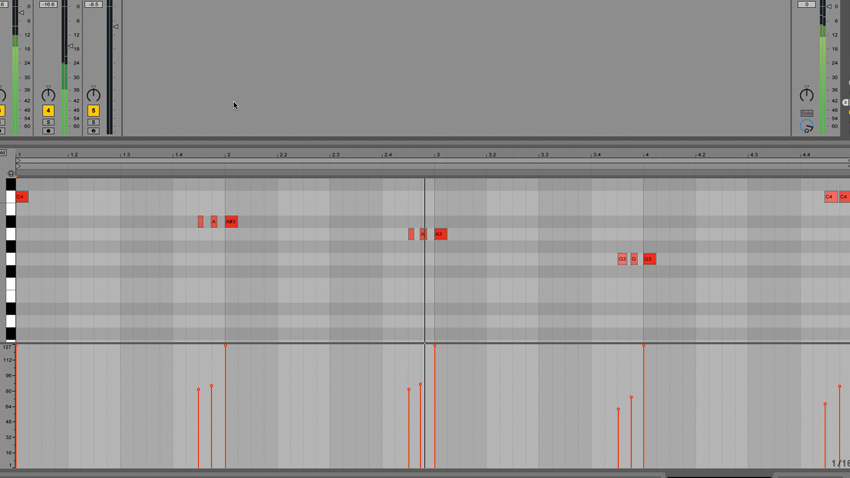How to program timpani parts for dance music
Their natural habitat might be the orchestra, but that doesn't mean the timps don't also have a place in more contemporary contexts…

The timpani, also know as kettledrums, are the large, copper-shelled drums often seen at the back of the orchestra, called upon by composers to deliver thunderous percussive impact of a kind that no other instrument can. Rather like the tom toms in a drum kit, timps are tuned to the key of the piece in which they’re used, giving them a melodic role as well as rhythmic.
Played with mallets, timpani are known for their big, resonant sound. While they might not seem like the most obvious thing to fly into a contemporary dance or pop track, when used appropriately - and probably under the concealing canopy of heavy effects processing - they can yield interesting results. In this tutorial, we'll show you a few ways in which the timps can be employed in dance music. We’ll be eschewing the pre-recorded rolls and other articulations of the orchestral ROMpler and programming every note by hand - although there’s nothing wrong with using such compositional aids, of course.
It’s important to note that timpani aren’t really a natural fit for anything other than orchestral music, due to the sheer size and ‘roundness’ of their sound, but with that understood, here’s how you might approach working them into a dancefloor banger, if you’re adventurous enough to try…

Step 1: Here’s the sort of thing you might find the timpani doing in an orchestral context: simple melodic shapes, involving single hits, flams and rolls. When programming timpani rolls, make every other note very slightly lower in velocity, emulating the naturally weaker left hand of the player.

Step 2: For dance music, you’ll want to keep your timps much less complex than that. This is about as simple as a timpani ‘riff’ gets: a sparse, slow downward run of notes, following the bass and marking the start of each bar. We wouldn’t recommend running this all the way through the track - save it for the chorus or bridge.

Step 3: Taking the previous example a mad step further, we’ve doubled the pace and tied the sequence closer to the bassline. Even more care and judgment would need to be exercised in deploying this one, and we’re now well beyond realism, as playing this in real life would require seven timps - three more than would ever be practical!

Step 4: The example from step 2 can be made more expressive by adding a pair of grace notes before each hit. These lead the ear into the beat, making the hits feel a bit less abrupt and more connected to the music. Don’t just copy the grace notes from the first hit to the rest - program each pair separately for ‘human’ variation.
Get the MusicRadar Newsletter
Want all the hottest music and gear news, reviews, deals, features and more, direct to your inbox? Sign up here.

Step 5: To take this idea to its logical conclusion, we can extend the grace notes into short rolls covering the same time period, ramping up into the main hit even more smoothly. As before, make the ‘left hand’ strokes slightly lower velocity than the rights, and program each manually rather than copying and pasting.

Step 6: With the timpani roll making such an effective crescendo, it can work particularly well at the end of a build-up, with or without an accented note at the start of the following drop. Here, we’ve programmed just such a build - hear it first with only reverb, then bedded into the track with phaser and delay effects.
Computer Music magazine is the world’s best selling publication dedicated solely to making great music with your Mac or PC computer. Each issue it brings its lucky readers the best in cutting-edge tutorials, need-to-know, expert software reviews and even all the tools you actually need to make great music today, courtesy of our legendary CM Plugin Suite.










